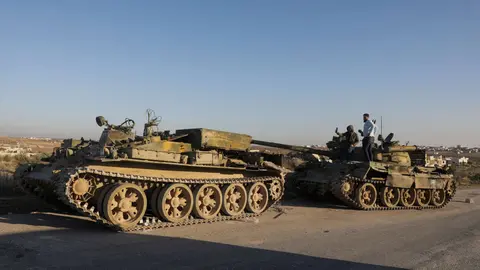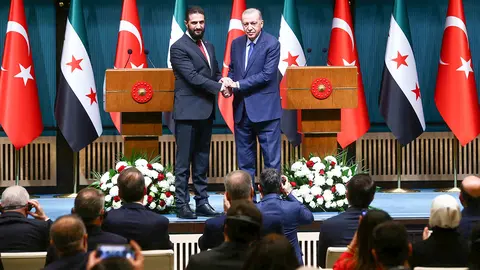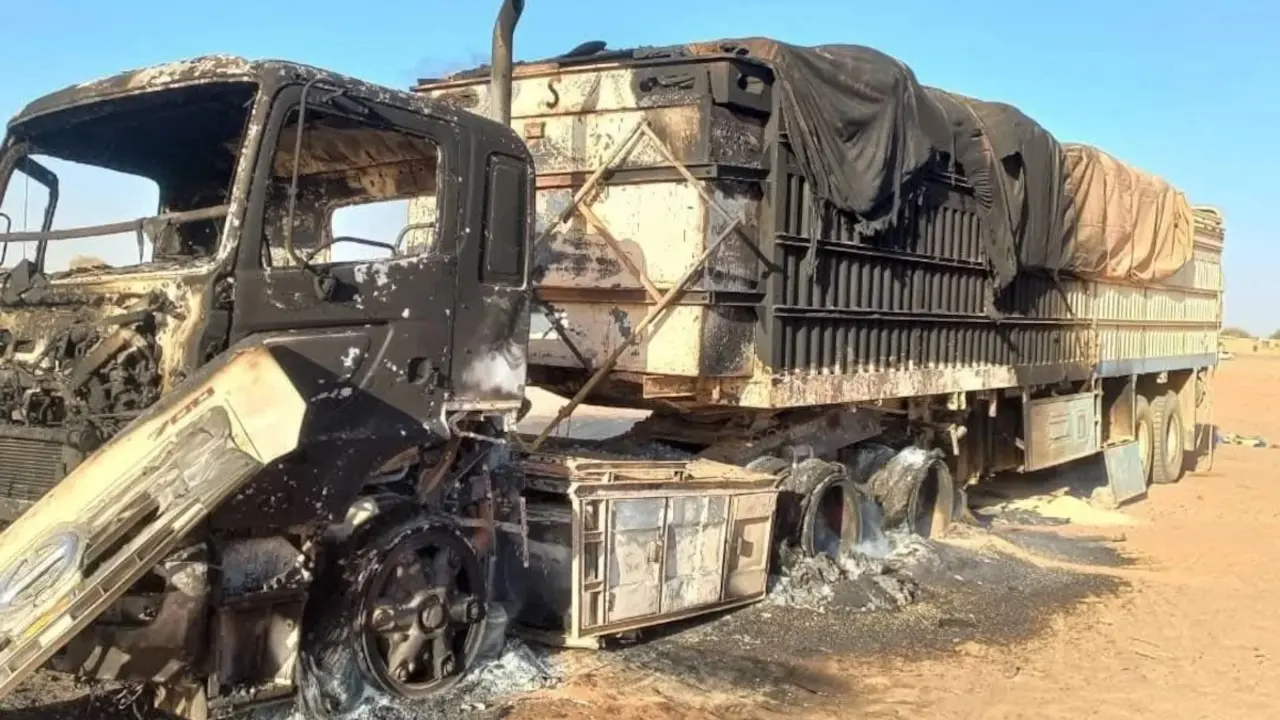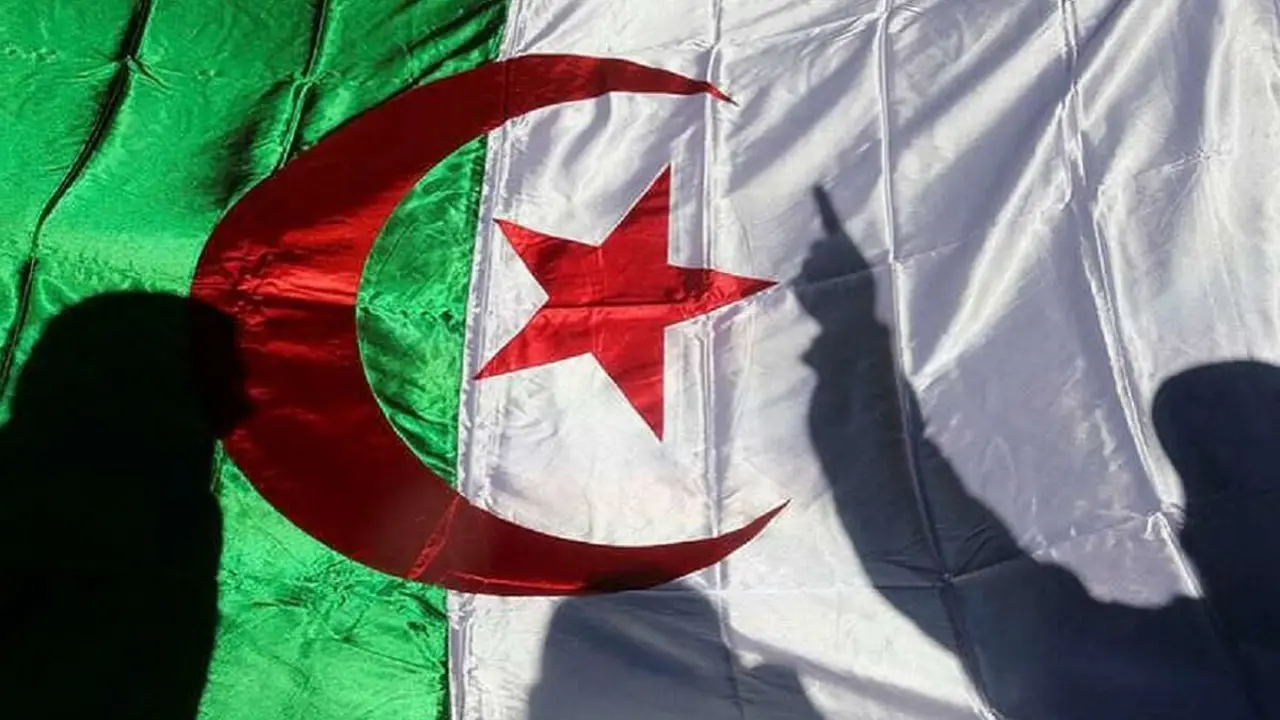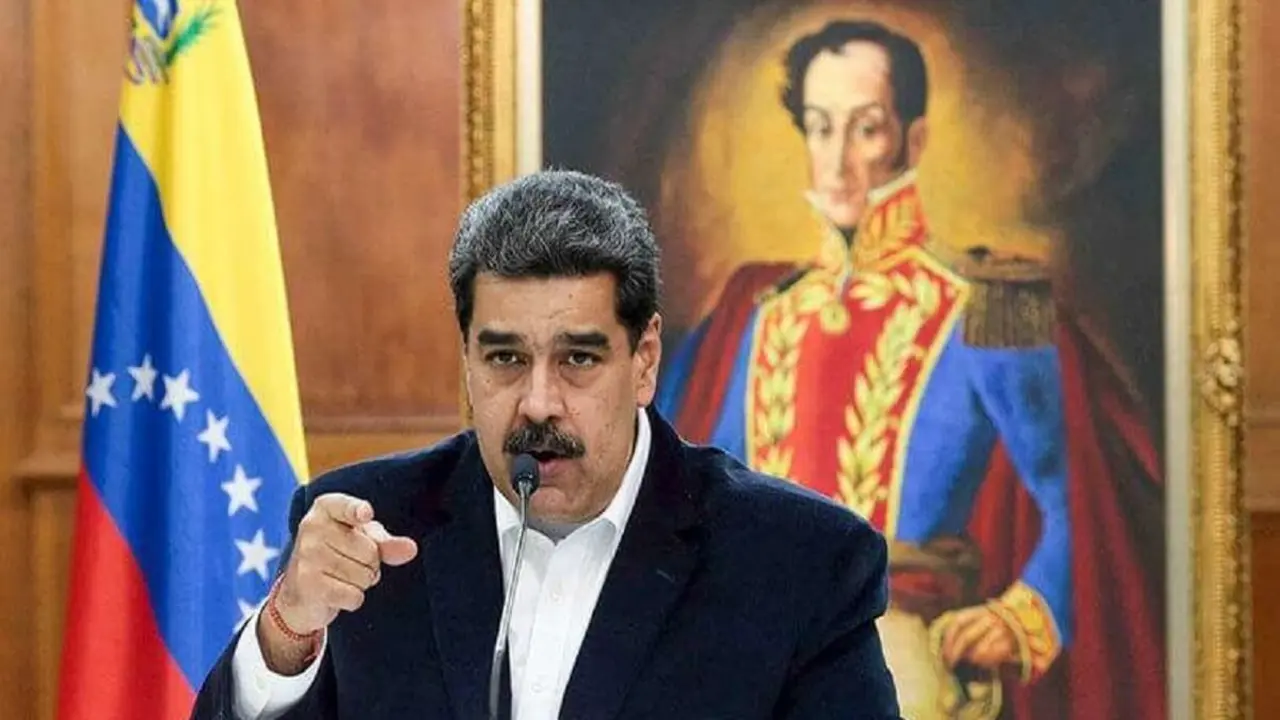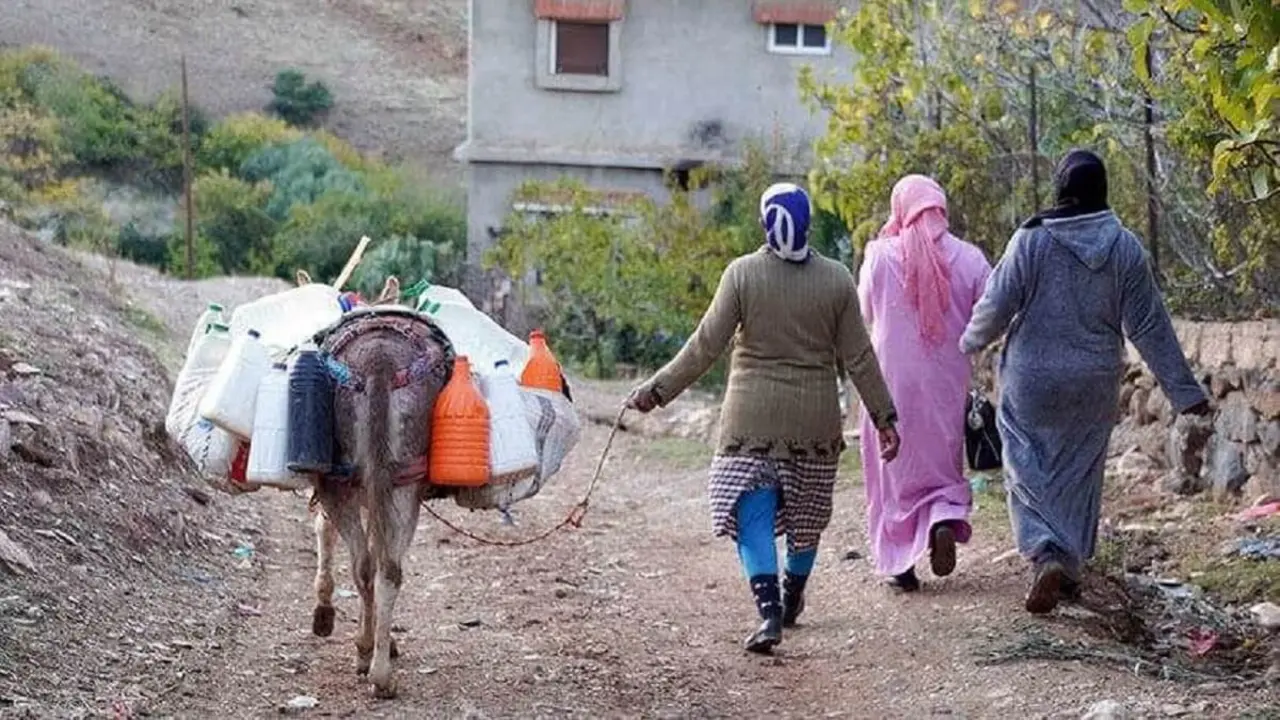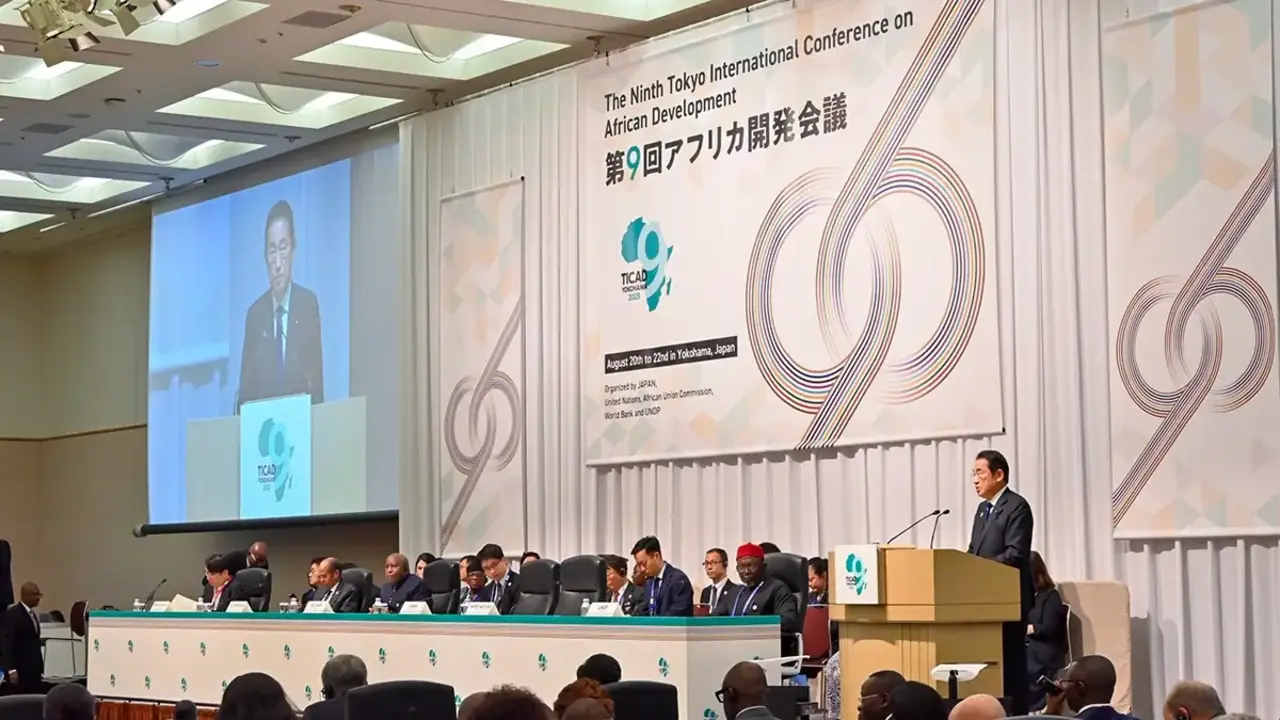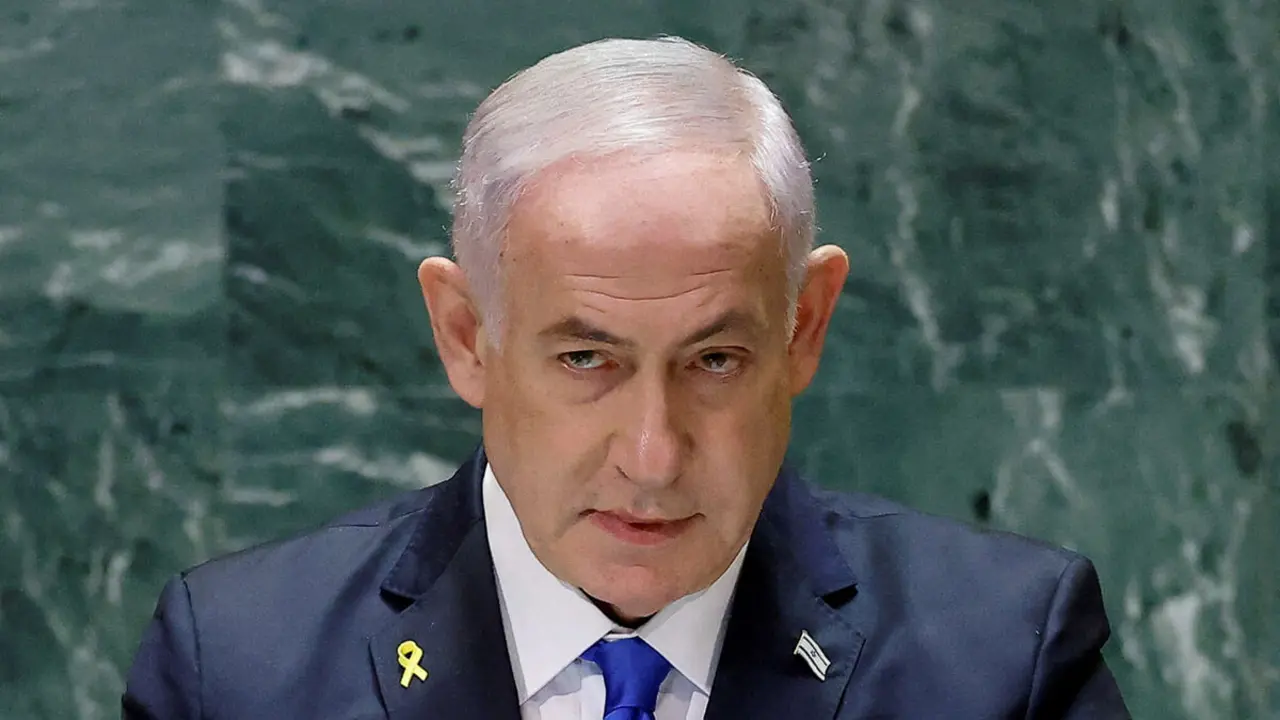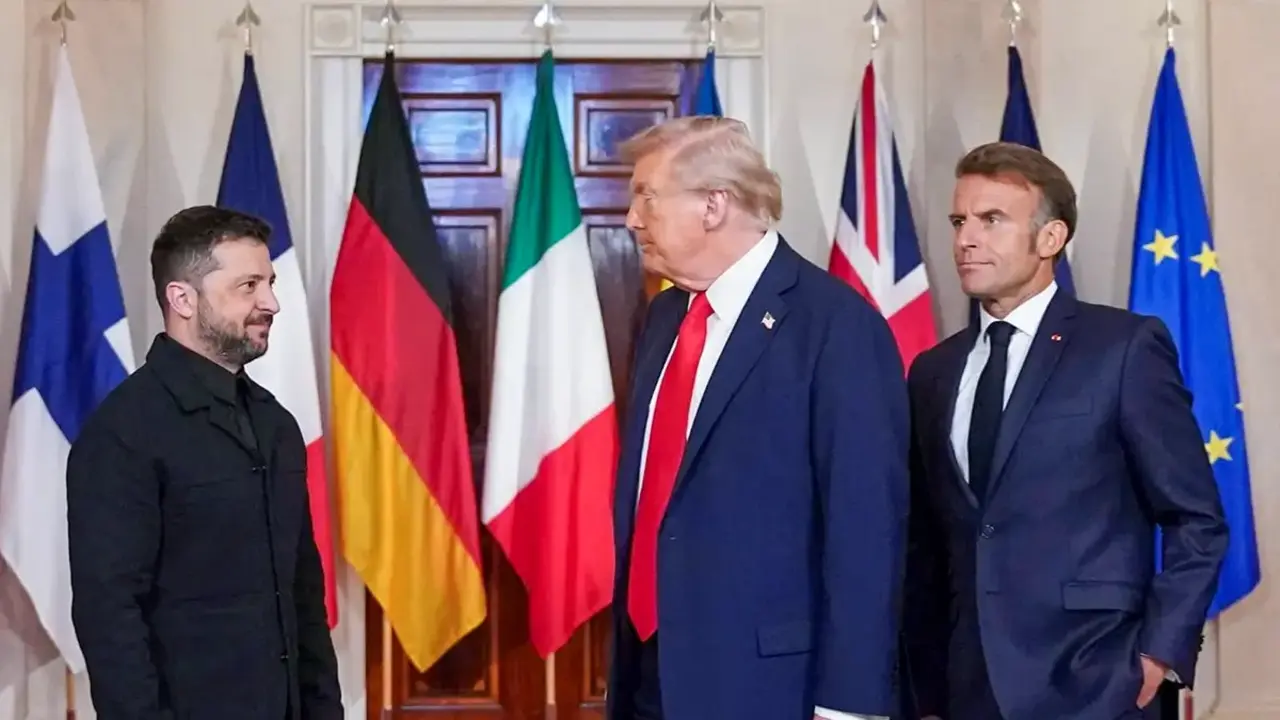Mistrust of the new government hinders arms control in Syria
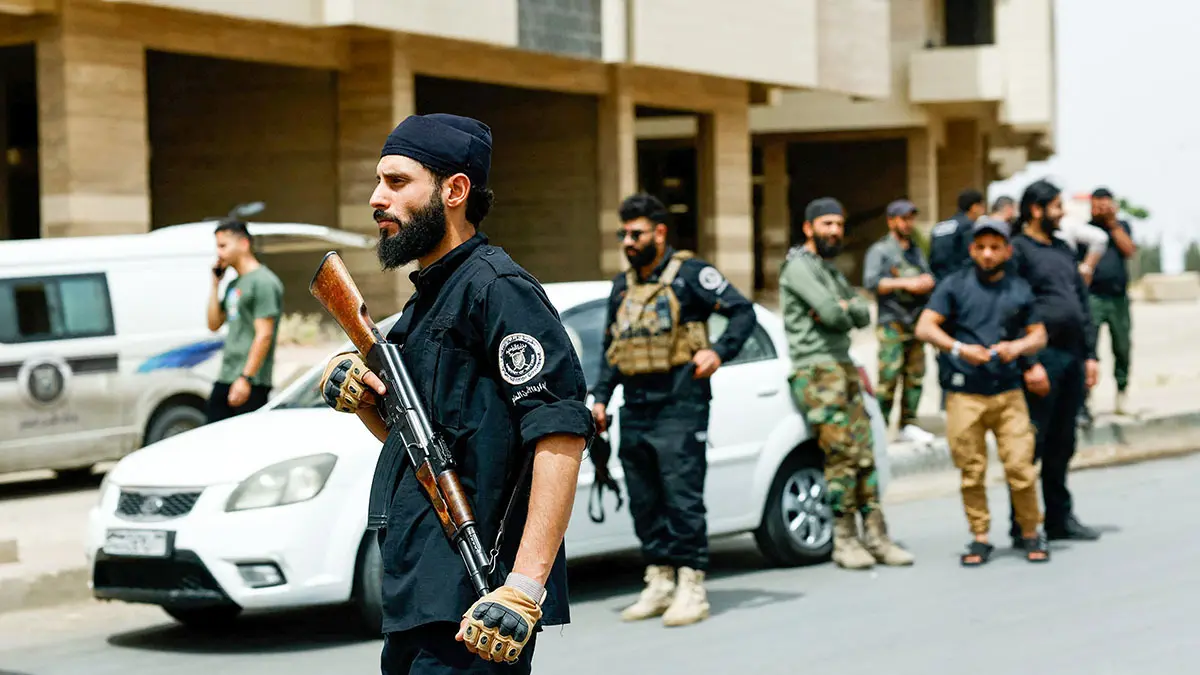
As Syria tries to overcome more than a decade of war, the new authorities face one of their biggest challenges: sectarian tensions and crises.
In this regard, Jaramana, a predominantly Druze town southeast of Damascus, has become a symbol of the new government's failure to regain the trust of its citizens and guarantee their security.
The new Syrian authorities are facing strong resistance from the inhabitants of Jaramana, who refuse to hand over their light weapons despite the official disarmament campaign. For the local Druze, their weapons do not represent a threat to the state, but a means of survival in the face of the security vacuum left by years of war and the persistent presence of armed gangs.
Mistrust of the government has intensified following recent sectarian clashes, which have left dozens dead and prompted Israel to intervene in defence of the Druze community. This situation comes just months after the massacres against the Alawite community in the country's coastal regions.
However, the current mistrust of the central authority is not new. During the conflict, many in Jaramana and other Druze regions have seen state institutions fail to contain sectarian violence. The recent escalation of tensions between Sunni and Druze communities, coupled with memories of past massacres in other areas such as the Syrian coast, has reinforced the belief that only self-defence can guarantee security.
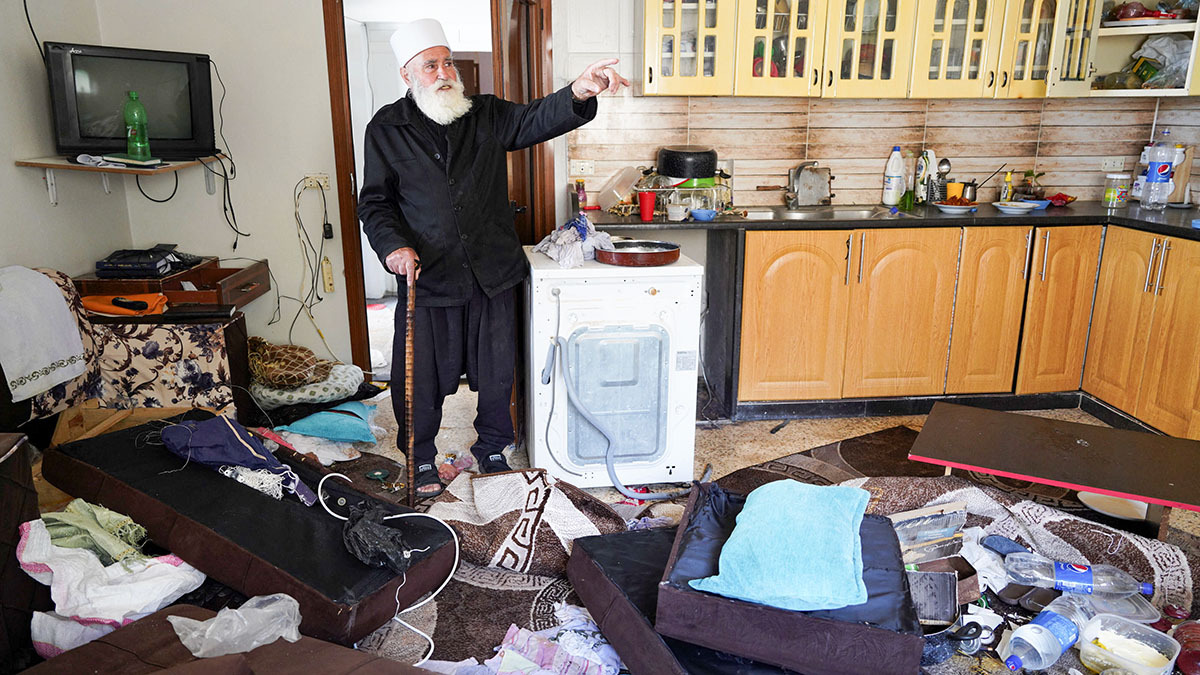
Since the fall of Bashar al-Assad's regime and the seizure of power by Islamist groups, the government has sought to consolidate its control in key areas around Damascus. But in Jaramana, this effort is perceived as a unilateral offensive, as the population is being asked to surrender their weapons without clear guarantees or institutional solutions to protect them.
Furthermore, the situation is exacerbated by the international dimension of the conflict. Israel has intervened with air strikes in the vicinity of Jaramana, with the aim of protecting the Druze community, which increases the perception that security does not come from Damascus, but from outside. This feeling reinforces the argument for armed self-sufficiency and further undermines the legitimacy of the state.
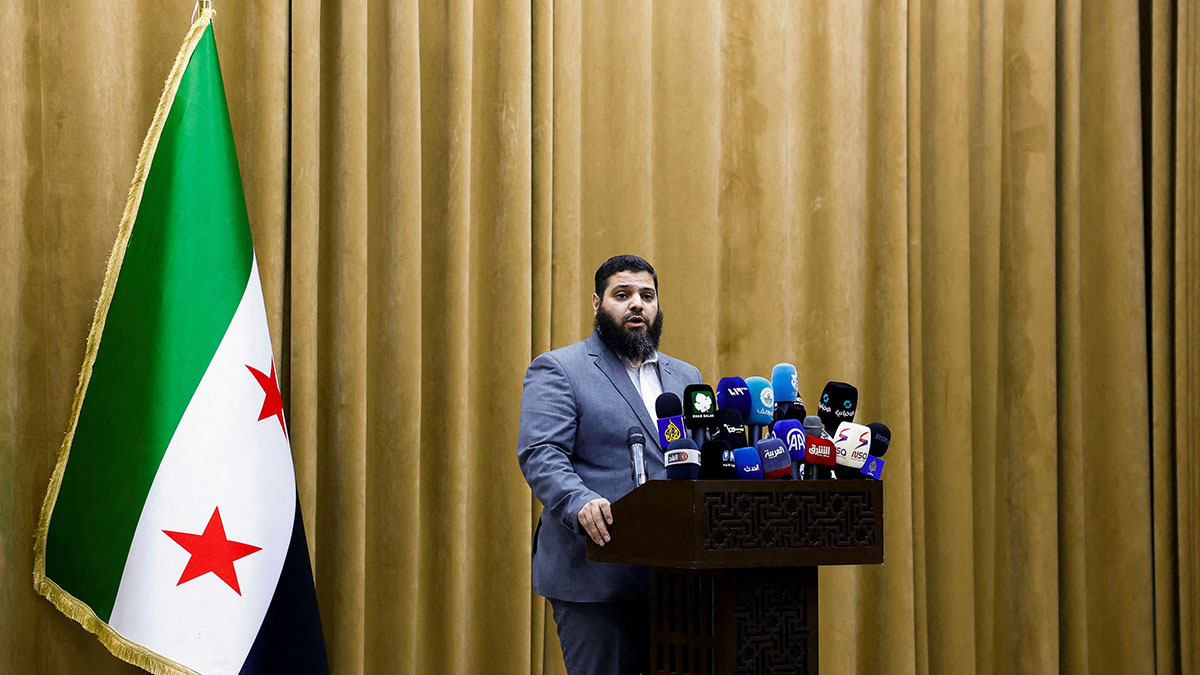
In order to send a message to the new authorities and protect the Druze communities, the Israel Defence Forces located and destroyed the central military headquarters of the former Assad regime in the Mount Hermon region.
This operation followed a broader escalation of Israeli military activity across Syria, including a wave of air strikes over the weekend against air defence systems and regime assets near Damascus, Hama and Daraa.
Israel has also taken in several Druze citizens for medical treatment. ‘For Israel, whose Druze population is deeply integrated into its national and defence fabric, standing on the sidelines was not an option,’ said Sarit Zehavi, president of the Alma Research and Education Centre.
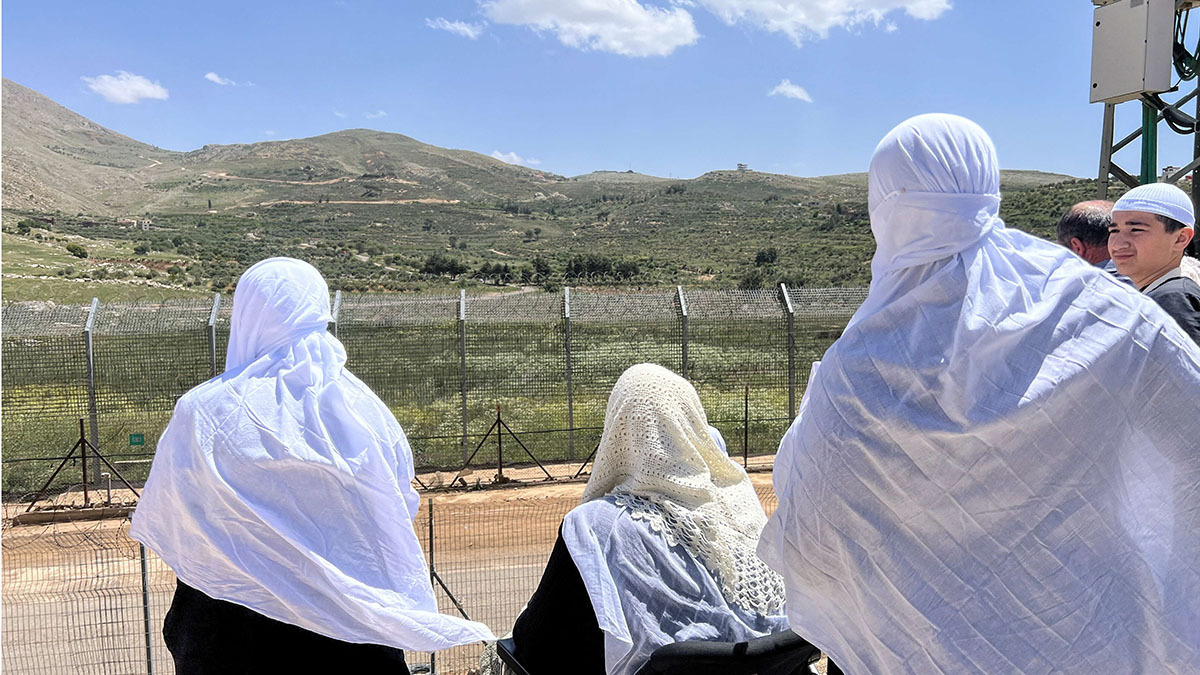
In addition to moral reasons, Zehavi points out that Israel's actions are also in its strategic interest. ‘When minority groups near the border are weakened, they often become clients of hostile jihadist forces, such as those affiliated with the new Syrian regime,’ she explains.
‘Leaving the Druze in Syria defenceless was not an option, especially given the hard lesson Israel learned from the massacre of 7 October 2023: allowing a jihadist monster to grow unchecked on the border is unacceptable,’ adds Zehavi, who also stresses that protecting Druze villages is not only a humanitarian issue, but ’a national security imperative to safeguard the Golan and its communities.’
Analysts agree that, rather than starting with disarmament, Damascus should focus on rebuilding trust, strengthening its security institutions and offering these communities a vision for the country in which they feel included.
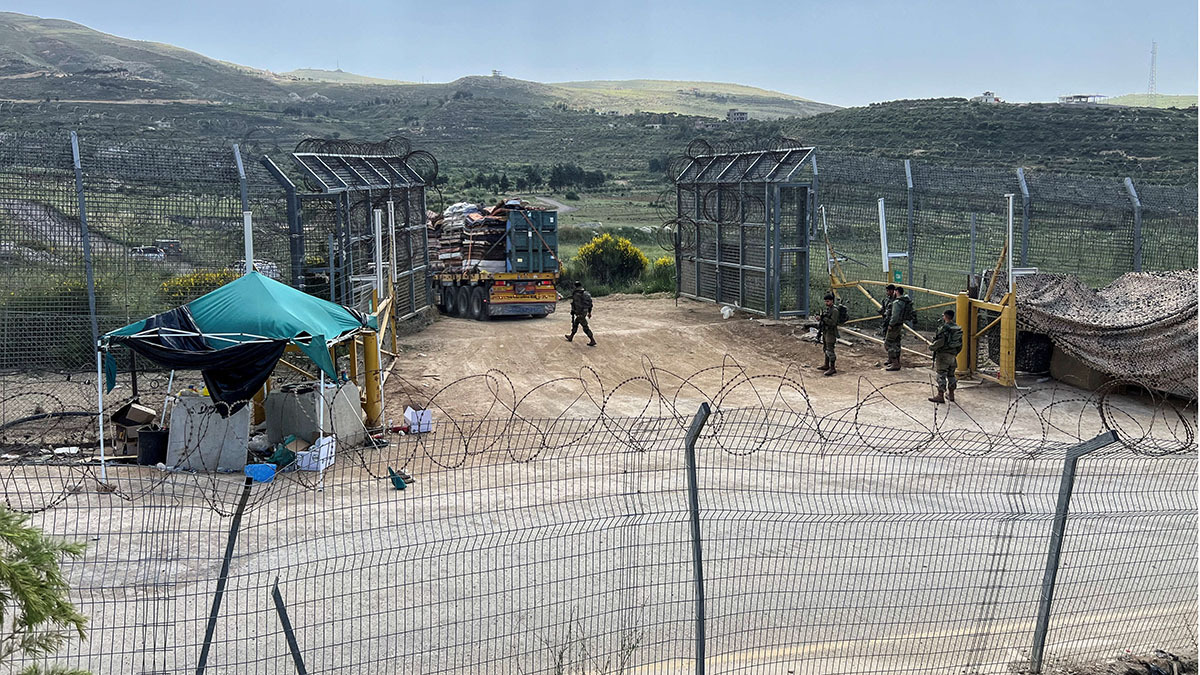
Furthermore, for the Druze, the right to bear arms is not only a defence strategy, but also a symbol of dignity and autonomy. In Jaramana, as in other Druze regions such as Sweida, local self-defence networks have formed that function more effectively than state forces, which are considered by many to be ineffective or even biased by sectarian prejudices.
This pattern is not unique to Syria. Similar experiences in countries such as Iraq and Lebanon show that after long civil wars, local groups tend to hold on to their weapons in the absence of profound state reform. In any scenario, disarmament without real political and social accompaniment is perceived as an existential threat rather than a step towards peace.
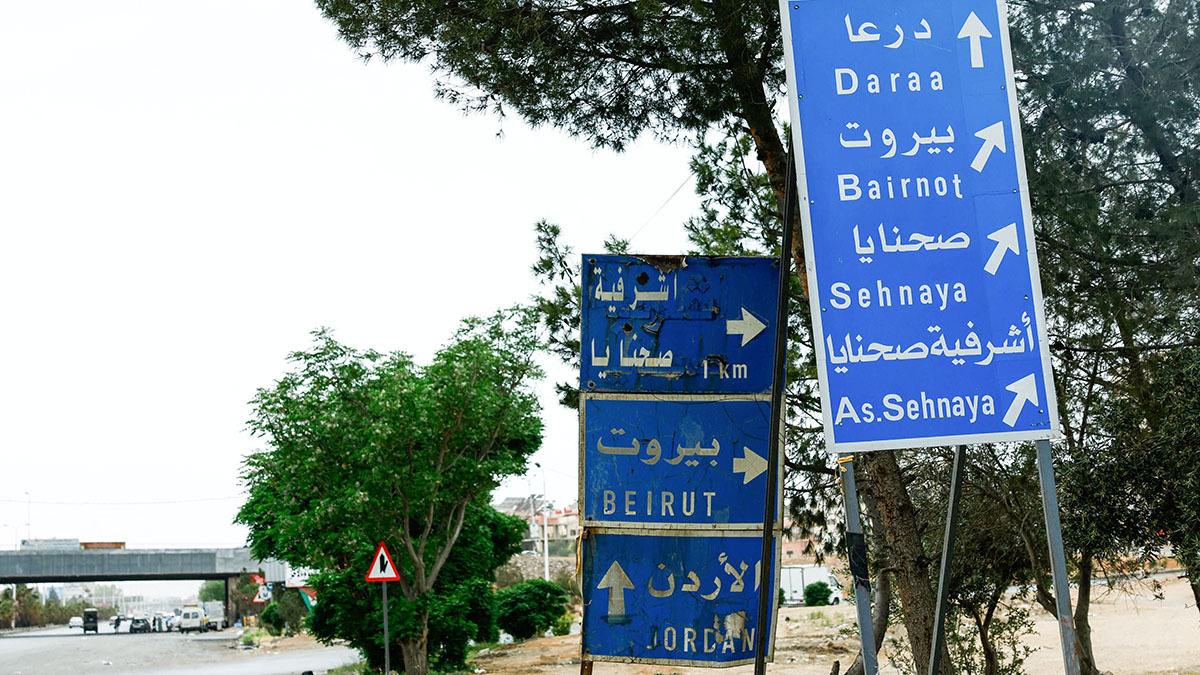
The situation in Jaramana must therefore be understood as part of a complex geopolitical reality, where regional actors such as Iran, Russia and Israel converge. But above all, it is a sign of the fragility of a state that has not yet managed to rebuild itself after institutional collapse.
Without a serious commitment on the part of the Syrian government to protect its citizens, especially minorities, weapons will continue to be seen as a vital necessity, not as a violent choice.

